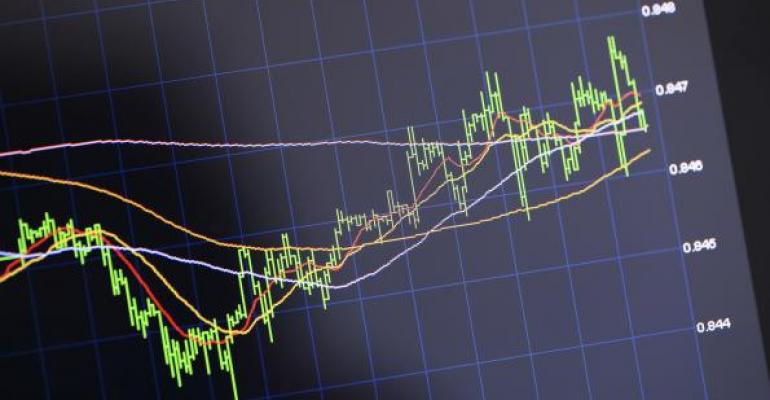One of my favorite films is Animal House. The mayhem depicting the Delta Tau Chi sabotage of the college town parade in the film’s final scenes is truly astounding.
A very young Kevin Bacon plays a member of an ROTC squad providing parade security. He plants himself on a sidewalk with outstretched arms to calm panicked townsfolk as they flee the carnage wrought by the misfit frat boys. “ALL IS WELL!” he shouts. But all is NOT well. He’s literally flattened by the stampeding citizens.
So what’s all this got to do with investments? Just this: The option market is shouting “All Is Well” and the outcry is coming from the Cboe Skew Index (SKEW).
The Skew Index, like the better-known Cboe Volatility Index (VIX), is a measure of potential risk. Both VIX and SKEW are used by traders and investors to meter market sentiment.

Both VIX and SKEW are derived from option prices, specifically contracts on the S&P 500 Index. While VIX measures volatility expectations over a 30-day forward horizon, SKEW views perceptions of “tail risk.”
Tail risk is the probability of an outsized decline—two standard deviations or more—in the S&P 500 over the coming month. The tail in this case is on the left, or negative, side of a return distribution. Below you can see a “normal” distribution, known as a bell-shaped curve, where most investment returns snuggle within one standard deviation of the mean, or average.

The tails—two or three standard deviations to the left and right, are skinny in a normal distribution meaning the likelihood of a return that size grows evermore remote as you move away from the mean or “0” line.
SKEW describes traders’ expectations of the left tail fattening.
SKEW values generally range from 100 to 150. The higher the SKEW value, the higher the chance of a black swan event. A SKEW reading of 100 means the S&P 500 return distribution is perceived to be normal and the odds of an outlier return is small. Increasing tail risk is denoted by rising SKEW values; falling values imply decreasing risk.
On Friday, SKEW skidded to a historic low just below 118. Option traders are shouting the equivalent of “ALL IS WELL!” or at least “ALL WILL SOON BE WELL!” Put that together with the downtrending VIX and you have a pretty complacent equity market.
And why not feel complacent? After all, just holding a position in the S&P 500 through an index product has made investment successes of us all. But still, I worry about being flattened like Kevin Bacon. I keep thinking back to Intel’s one-time chairman Andy Grove saying, “Success breeds complacency. Complacency breeds failure. Only the paranoid survive.”
A little dark that thought, but there’s no reason we shouldn’t at least look for the exits before an actual stampede begins.
Brad Zigler is WealthManagement’s Alternative Investments Editor. Previously, he was the head of Marketing, Research and Education for the Pacific Exchange’s (now NYSE Arca) option market and the iShares complex of exchange traded funds.





